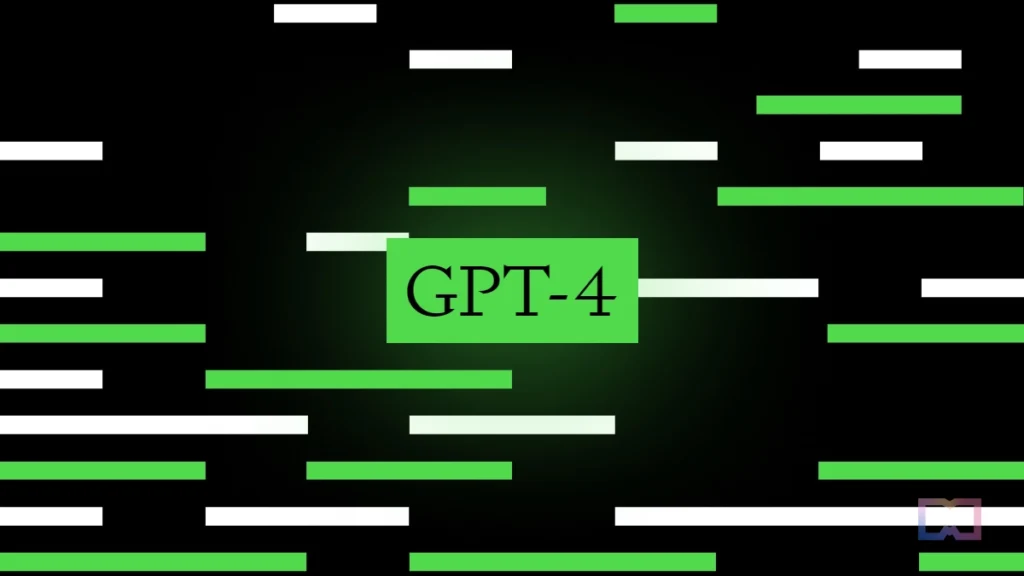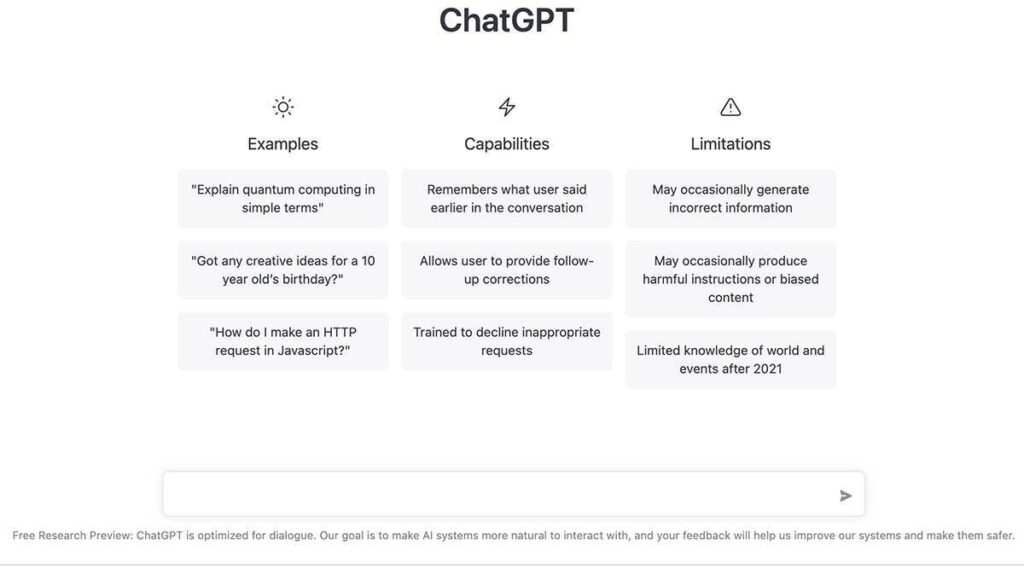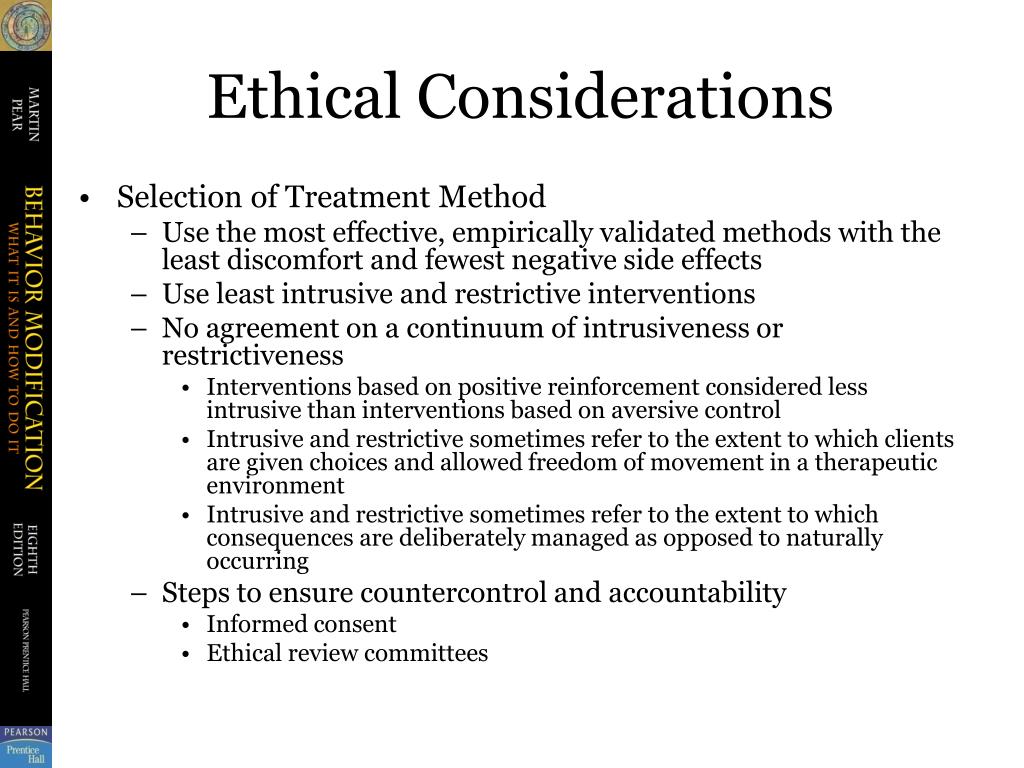Chat GPT-4 Will Receive A Significant Boost With | GPT-4 |
- What is GPT and how does it work?
- Understanding the different versions of GPT and their capabilities
- How has GPT impacted natural language processing and machine learning?
- Exploring the applications of GPT in various industries such as healthcare, finance, and entertainment
- The potential benefits and drawbacks of using GPT in automated content creation and curation
- Ethical considerations surrounding the use of GPT, including bias and privacy concerns
- Future developments and advancements in GPT technology, and its potential impact on society.
What is GPT and how does it work?

Did you know GPT-4? if yes then this article is for you. We will be discussing GPT-4.
GPT stands for “Generative Pre-trained Transformer” and is a type of language model developed by OpenAI. Check out our most recent tutorial. Best Affiliate Networks Program.
GPT uses a deep learning algorithm called a Transformer to analyze and understand text data. It is “pre-trained” on a massive amount of text data, such as books, articles, and websites, to learn the patterns and relationships between words and phrases in a language. This pre-training allows GPT to generate high-quality and coherent text that is similar in style and structure to the text it was trained on.
To generate text, GPT starts with a prompt or an initial set of words and uses its understanding of language to predict the most likely next word or phrase. It then uses this predicted word as the input for the next prediction and continues the process until it generates the desired amount of text or reaches a stopping point.
GPT is often used for tasks such as text completion, summarization, and translation. It has also been used to generate realistic and convincing text, such as news articles and social media posts, which has led to concerns about the potential for misinformation and the need for ethical considerations in the use of such technology.
Understanding the different versions of GPT and their capabilities

There are several versions of GPT, each with different capabilities and levels of performance. Here are the main versions of GPT and their features:
- GPT-1: This was the first version of GPT released by OpenAI in 2018. It has 117 million parameters and can generate coherent and grammatically correct text. However, it often lacks an in-depth understanding of context and can produce nonsensical or irrelevant responses to prompts.
- GPT-2: Released in 2019, GPT-2 is a more powerful version of GPT with 1.5 billion parameters. It can generate longer and more coherent text, and can often produce responses that are indistinguishable from those written by humans. GPT-2 has been criticized for its potential to generate misleading or harmful text, leading to OpenAI initially withholding the full version of the model.
- GPT-3: Released in 2020, GPT-3 is the most advanced version of GPT to date, with 175 billion parameters. It has the ability to perform a wide range of natural language processing tasks, including text completion, summarization, and translation, and can generate text that is nearly indistinguishable from human writing. GPT-3 has been used in a variety of applications, from chatbots to creative writing.
- GPT-Neo: This is an open-source version of GPT developed by EleutherAI, a community-driven research organization. It is a large-scale model with up to 2.7 billion parameters and has shown promising results in natural language processing tasks.
Each version of GPT has increased in size and complexity, allowing for more advanced language processing capabilities. While GPT has shown impressive results in generating natural language, it is important to consider the ethical implications of using such models and to use them responsibly. Also, Raed About, The Euro: A Brief History and Overview.
How has GPT impacted natural language processing and machine learning?

GPT has had a significant impact on natural language processing (NLP) and machine learning in several ways:
- Improved language generation: GPT has demonstrated a remarkable ability to generate coherent and fluent text that is difficult to distinguish from human writing. This has led to significant improvements in language generation tasks such as chatbots, automatic summarization, and translation.
- Transfer learning: GPT has demonstrated the potential of pre-training large language models on vast amounts of text data to improve performance on downstream tasks. This approach, known as transfer learning, has been applied in a variety of areas beyond NLP, such as computer vision and speech recognition.
- Ethical considerations: The advanced capabilities of GPT have raised concerns about the potential for misuse, including the generation of misleading or harmful content. This has led to increased awareness of ethical considerations in the development and deployment of machine learning models, particularly those that generate natural language.
- Advancements in research: The development of GPT has spurred advancements in the research of NLP and machine learning, leading to new models and techniques that improve the accuracy and efficiency of language processing tasks.
Overall, GPT has had a significant impact on the field of NLP and has shown the potential of large-scale language models to transform the way we interact with language and information. However, it is important to use these models responsibly and consider the potential ethical implications of their use.
Exploring the applications of GPT in various industries such as healthcare, finance, and entertainment

GPT has a wide range of applications across various industries. Here are some examples of how GPT is being used in healthcare, finance, and entertainment:
- Healthcare: GPT is being used in healthcare to improve patient care and outcomes. For example, GPT can be used to generate reports that summarize a patient’s medical history and treatment options or to analyze medical images and provide diagnoses. GPT can also be used to generate personalized patient education materials or to analyze medical literature and suggest potential treatments.
- Finance: GPT is being used in finance for a variety of applications, including fraud detection, risk analysis, and customer service. GPT can be used to analyze large amounts of financial data and identify patterns that may indicate fraudulent activity. It can also be used to analyze market trends and predict future financial outcomes.
- Entertainment: GPT is being used in the entertainment industry to generate content such as scripts, music, and video game dialogue. GPT can also be used to analyze audience preferences and behavior to inform marketing and advertising strategies.
In addition to these industries, GPT is being used in a variety of other fields, including education, journalism, and customer service. GPT’s ability to generate natural language has the potential to transform the way we interact with information and technology, and its applications are likely to continue to grow and evolve in the years to come.
The potential benefits and drawbacks of using GPT in automated content creation and curation

There are potential benefits and drawbacks to using GPT in automated content creation and curation. Here are some examples:
Benefits:
- Efficiency: GPT can generate content quickly and at scale, making it an efficient tool for content creation and curation.
- Consistency: GPT can generate content that is consistent in tone and style, which can be helpful for maintaining a brand voice or editorial style.
- Personalization: GPT can generate personalized content based on user data, such as past search history or social media activity.
- Cost savings: GPT can potentially reduce costs associated with content creation and curation by automating the process.
Drawbacks:
- Quality control: GPT may generate content that is not of high quality or accuracy, leading to issues with misinformation or low-quality content.
- Lack of originality: GPT may generate content that is not original or creative, leading to a lack of differentiation from competitors or a loss of audience engagement.
- Bias: GPT can potentially perpetuate bias or stereotypes in the content it generates, particularly if it is trained on biased or unrepresentative data.
- Ethical considerations: GPT may generate content that is misleading, inappropriate, or harmful, leading to potential ethical concerns around the use of such technology.
It is important to consider these potential benefits and drawbacks when using GPT for automated content creation and curation. Careful consideration of the appropriate use cases and ethical implications is necessary to ensure that the technology is used in a responsible and beneficial manner.
Ethical considerations surrounding the use of GPT, including bias and privacy concerns

There are several ethical considerations surrounding the use of GPT in natural language processing and machine learning. Here are some examples:
Including bias
- Bias: GPT models can perpetuate and even amplify biases present in the data they are trained on, leading to potentially discriminatory or unfair outcomes. This can occur if the training data is not representative of the diverse population that the model is intended to serve. Bias can affect the accuracy of the model and lead to biased decisions and actions based on the model’s outputs.
- Privacy: GPT-4 models can potentially capture sensitive personal information when trained on data that includes personal data such as social media posts or emails. This raises concerns about the privacy and security of individuals’ data, as well as the ethical considerations around the use of such data in machine learning models.
- Misinformation: GPT-4 models can generate text that is intentionally or unintentionally misleading or harmful, leading to concerns around the spread of misinformation and fake news. This can have negative impacts on individuals, communities, and society as a whole.
- Ownership and control: GPT models are often developed and controlled by large tech companies, raising concerns about who owns and controls the technology and the potential for unequal distribution of the benefits and harms of its use.
- Autonomy: The use of GPT models raises concerns about the autonomy of decision-making in various applications, such as in hiring processes or legal decisions. There may be a risk of over-reliance on automated decision-making without proper human oversight.
It is important to consider these ethical considerations when developing and deploying GPT models. Proper attention to data selection, transparency, and human oversight can help mitigate these concerns and ensure that the technology is used in a responsible and ethical manner. Additionally, it is important to engage in ongoing ethical reflection and dialogue as the technology and its uses continue to evolve.
Future developments and advancements in GPT technology, and its potential impact on society.

The development of GPT technology is an active area of research and there are several potential future advancements and their potential impact on society. Here are some examples:
Future’s
- Multimodal GPT: GPT-4 models that can generate text, images, and audio could enable more natural and intuitive communication with machines. For example, a multimodal GPT could be used to generate more human-like conversational agents or to generate realistic, personalized video content.
- GPT for scientific research: GPT-4 models could be used to accelerate scientific research by automating tasks such as literature reviews, data analysis, and hypothesis generation. This could lead to faster scientific breakthroughs and a greater understanding of complex phenomena.
- GPT for education: GPT-4 models could be used to personalize education by generating tailored content based on individual student data. This could enable more efficient and effective learning experiences that adapt to the needs and abilities of each student.
- GPT for creativity: GPT-4 models could be used to generate art, music, and other creative works, potentially leading to new forms of artistic expression and increased access to creative tools for people who may not have formal training.
- Ethical considerations: As GPT technology advances, it will be increasingly important to consider ethical considerations such as bias, privacy, and transparency. This may involve developing new frameworks for assessing the ethical implications of GPT models, as well as developing new approaches for ensuring transparency and accountability in their development and deployment.
The potential impact of these advancements on society is significant. GPT technology has the potential to transform the way we interact with information and technology, and its applications are likely to continue to grow and evolve in the years to come. As with any technological advancement, it is important to consider the potential benefits and drawbacks of GPT technology and to engage in ongoing ethical reflection and dialogue as the technology and its uses continue to evolve.
Conclusion
This was our guide on – GPT-4
but as of my knowledge cutoff in September 2021, there was no official announcement or confirmation of the development of GPT-4 by OpenAI or any other organization.
However, it is possible that GPT-4 may be in development or planned for the future. Without any concrete information about GPT-4, it is difficult to draw any conclusions about its capabilities or potential impact.
We will have to wait for further updates from the relevant parties to learn more about this potential future development.
We really hope that you found this post about Chat GPT ? to be useful. If so, don’t forget to leave a comment with your ideas.







